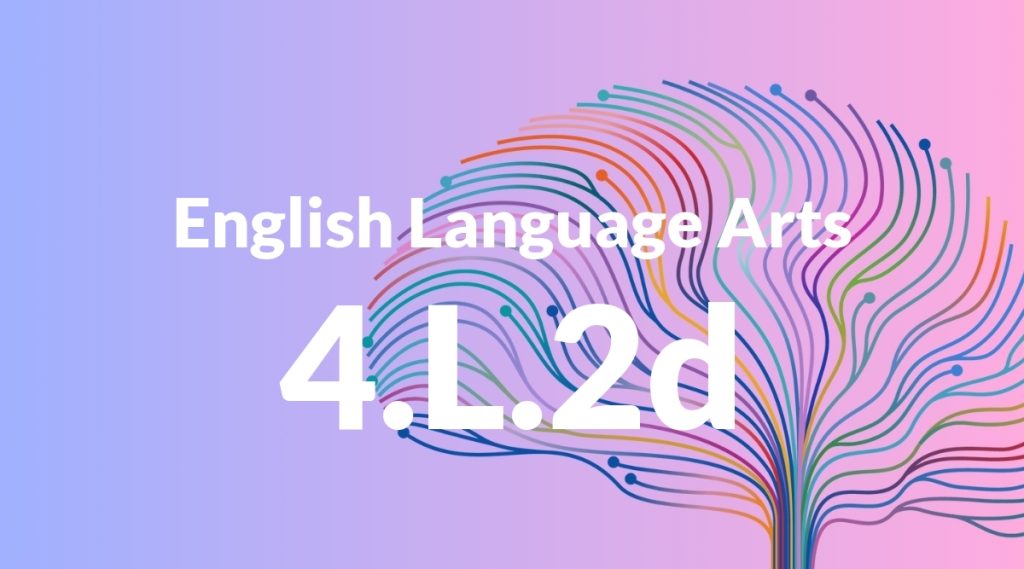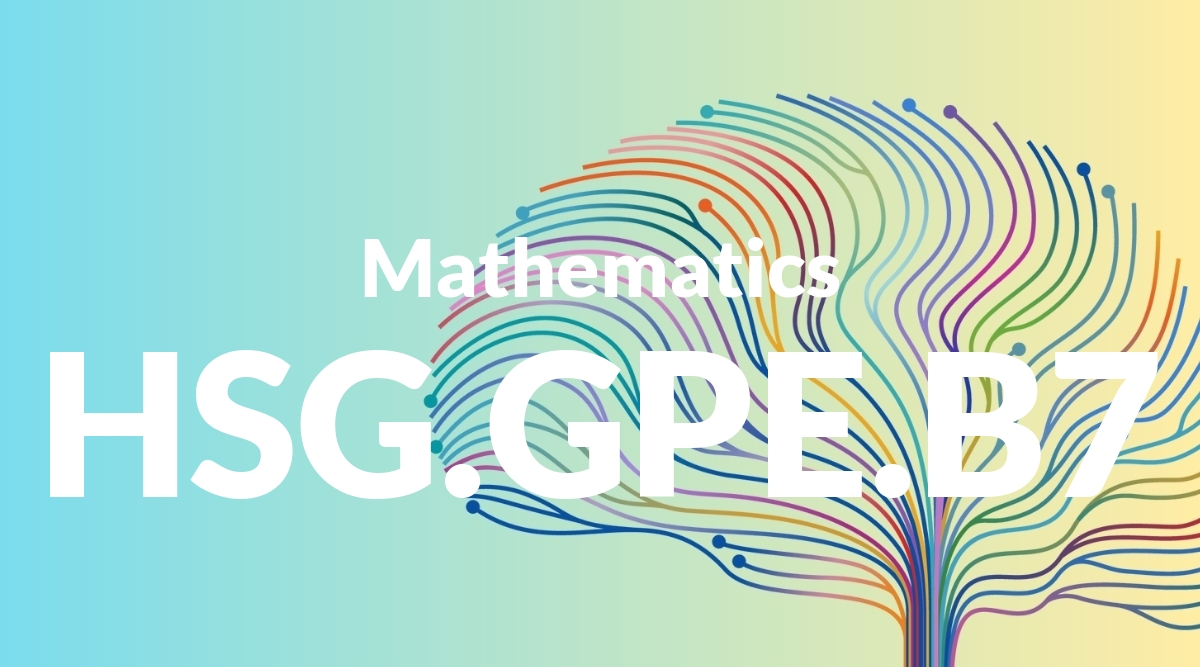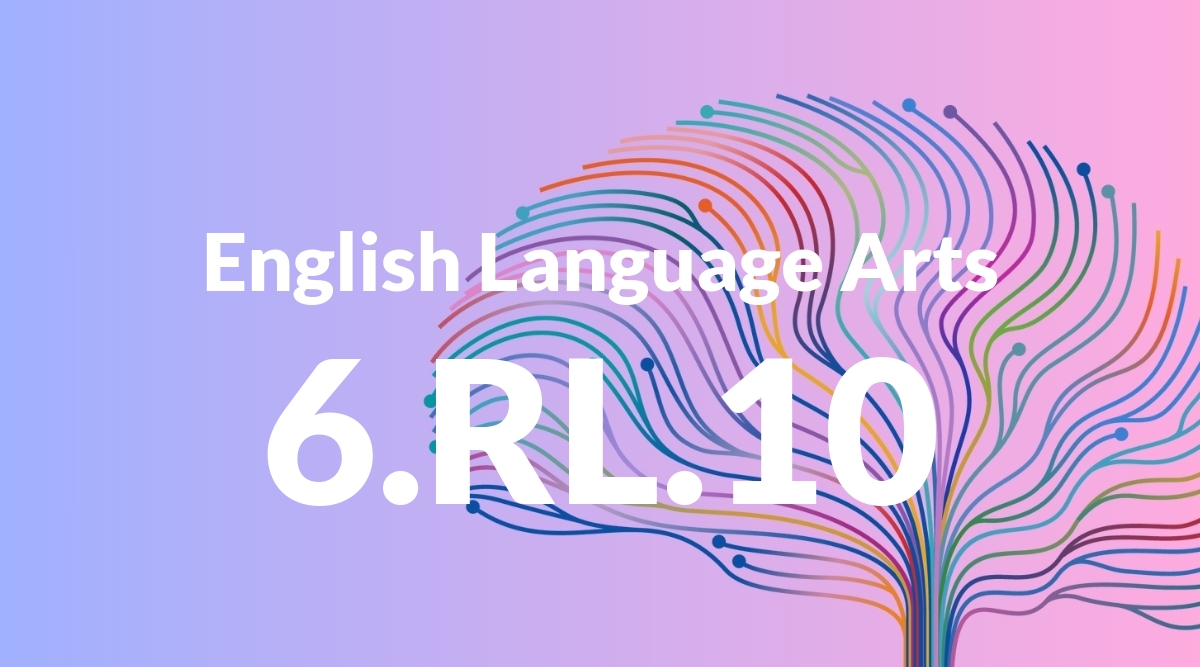Standard: 4.L.2d – Spell grade-appropriate words correctly, consulting references as needed.
Grade level: Grade 4
Subject: English Language Arts
Domain: Language
Teacher Overview
This standard focuses on ensuring that students can spell words appropriate for their grade level correctly, using references like dictionaries or spell-check tools when necessary. Mastering this standard is crucial as it underpins effective written communication, ensuring clarity and professionalism in students’ writing. Students should already know basic spelling rules and have some experience with reference tools such as dictionaries or spell-check software. These foundational skills will enable them to tackle more complex spelling tasks.
After mastering this standard, students will gain greater independence in their writing, confidently using references to ensure correct spelling. This skill will support their ability to produce clear and professional written work in various contexts.
Common Misconception 1
A common misconception is that spell-check tools are infallible. Students may rely solely on these tools without verifying the suggestions, leading to incorrect spellings. Spell-check tools can make errors, especially with homophones or context-specific words.
Intervention 1
To address this, teach students to cross-reference spell-check suggestions with a physical or online dictionary. Encourage them to understand the context of the word they are checking.
Common Misconception 2
Another misconception is that using references for spelling indicates poor spelling skills. Students might feel embarrassed or reluctant to use dictionaries or other tools.
Intervention 2
Reinforce that even professional writers use references to ensure accuracy. Create classroom activities that normalize and celebrate the use of reference tools.
Prerequisite Knowledge
Students should be familiar with basic spelling rules and patterns, and have experience using simple reference tools like dictionaries or spell-check software.
Subsequent Knowledge
After mastering this standard, students will develop the ability to edit and revise their own writing more independently, recognizing and correcting spelling errors with greater accuracy.
Instructional Activities
- Have students write a short story and use a dictionary to check their spelling.
- Organize peer-editing sessions where students check each other’s work for spelling errors.
- Create a spelling list from new words encountered in reading assignments.
- Use word processing software with spell-check tools and teach students how to verify suggestions.




